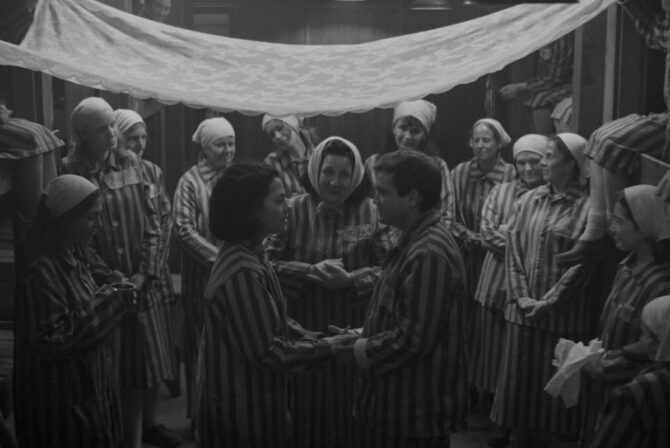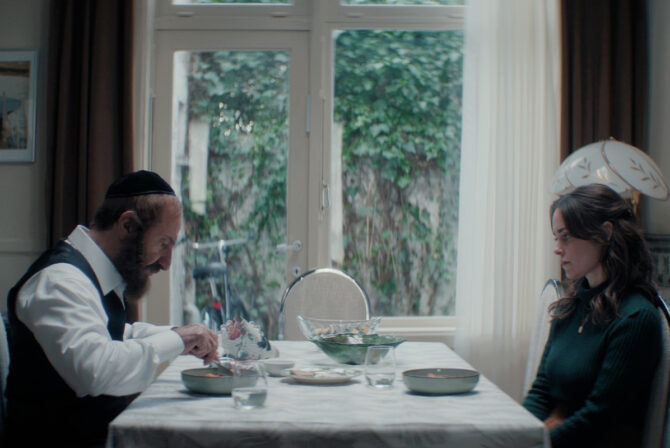When my daughter turned 6 recently, we discussed stereotypes because of the toys she was receiving. But this wasn’t because she was receiving stereotypically girly items. In fact, the opposite: my husband and I deliberately got her a toy from Goldieblox, a company that designs toys to teach engineering to girls. She loved it. As we built the first part, she kept marveling how this truly was meant for girls, because it had girl dolls (an engineer and a computer genius) that came with it.
My daughter also received a pretend play astronaut suit because she had previously declared that she wants to be the first American to go to Mars. Her birthday party was her second party in a row where she had a “Star Wars” theme, and so many of her gifts were also themed for a galaxy far, far away. That said, my daughter is also a child whose favorite colors are pink and purple, who embraces all the princess stuff and likes dolls, too. So, while I proudly watched her opening her presents and realized that many of her gifts went against gender stereotypes, I realized we’ve also never had a real conversation about distinguishing stereotypes that are used to pigeonhole boys and girls.
Perhaps we didn’t have the conversation because we had a boy first and parents don’t often find themselves fighting against gender stereotyping for boys, though we all should. My son was primarily drawn to anything related to subways. That may have been the New Yorker in him more than the boy. My daughter shows interests in subways, as well, but I think it’s mostly to keep up with him.
So our conversation started a few days later, simply by talking about perceptions about what careers men and women were expected to have—and why engineering, for example, was not usually seen as a women’s career (and, thus Goldieblox was founded). In addition to her aspiration to go to Mars, my daughter has other career desires: a teacher, a pediatrician, a firefighter, and a policewoman. She knows that there aren’t a lot of female firefighters, but we have gone out of our way to let her know that there are some (she has even met policewomen at our local precinct).
When discussing whether she thought men or women were more likely to be expected to be teachers and pediatricians, she said both. She was shocked to find out that women were traditionally expected to be teachers, and men were expected to be doctors. Then I looked at her and said “What about president? Are men or women traditionally expected to be president?” She made a face. She knew the answer to that one.
Several days later, she brought the conversation up again when she asked a question about a show she and her brother had been watching the night before. “Why do the boy superheroes always take credit for saving the world, when it was the girls who did it?”
It was the perfect question that could go in so many different directions. My husband gave the short answer, “Because the boys don’t like to need help.” But then, as I took the children to school, I got into the long answer. I reminded my children that, stereotypically, boys are expected to be strong physically, mentally, and emotionally—while girls are expected to be needy physically, mentally, and emotionally. Before I went on, I asked them what they thought of that stereotype. They both protested (thank goodness!). I agreed and said that it was perfectly fine for boys to be vulnerable, and perfectly fine for girls to be strong.
Both of my children began listing examples of strong female characters they had seen on TV; “My Little Pony,” one of their favorite shows, came up. I pointed out that the majority of the characters were female, both good and evil, and that, in fact, many boys don’t watch “My Little Pony,” as a result. (I was quick to point out to my son that I was proud that he did watch it.) My daughter expressed impatience with the fact that there weren’t more evil female characters, something she has been upset about before.
I asked my children if they could imagine why female characters were not bad guys more frequently. They couldn’t figure it out. “Much of the time, I suspect it is because writers don’t think their audience will accept that women or girls are smart enough to be evil,” I said. My son thought that was horrible and a part of me glowed with pride at his reaction.
Next, we talked about clothing. Because “My Little Pony” had come up, I asked them to think about what colors the ponies were as a way of thinking about how it was targeted to girls. Then I asked them to think about something else: “When we go to Target, what colors do you see in the boys’ section and the girls’ section?” They thought about this. “Dark colors,” my son said about the boys’ section. I asked what kinds of images they each saw. “Trucks,” my son said. “Lollipops and rainbows,” my daughter said.
I probed to see if they could think of those images being in the other section. They could not. I pointed out that, while there were no rainbow images in the boys’ section regularly, we had seen an entire rainbow collection in June to celebrate Gay Pride. “Should boys only be able to buy rainbow clothing once a year?” I asked my children. My daughter, who is smitten with rainbows, was aghast at the idea of only being able to buy rainbow items once a year. I reminded them that we used to shop for my daughter in the boys’ section because there were shirts there that she liked.
We then talked about how this type of marketing, both with images and colors played into the greater stereotypes of boys and girls, and men and women—the ones that we as parents were trying to help them avoid.
Of course, all these ideas are lot for them to think about and process for one subway ride to school. But they were entirely engaged, and furious at times. I believe firmly if I am really going to get them to see (and, hopefully, reject) the stereotypes that their world is imposing on them, doing it early is important so they can build up their own mental fight against it. Given their personalities, I imagine there will be many more questions on the subject.







